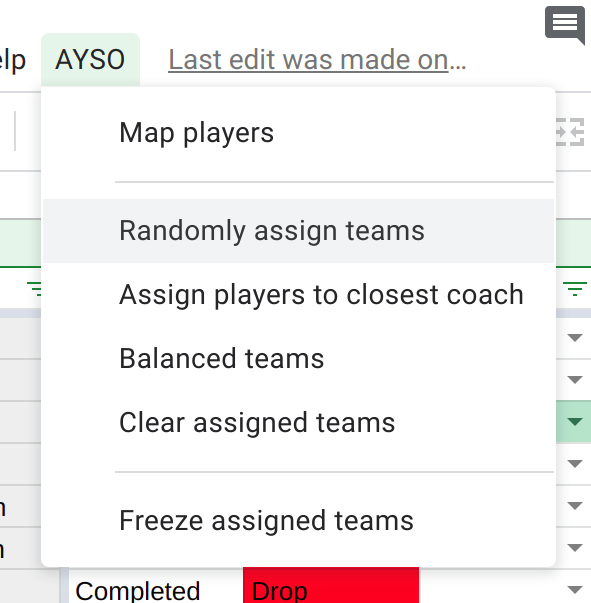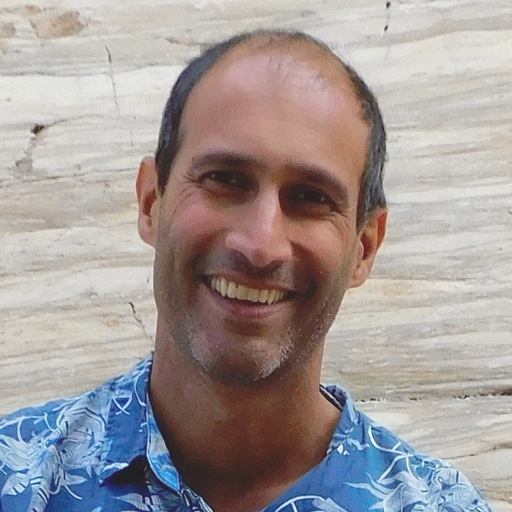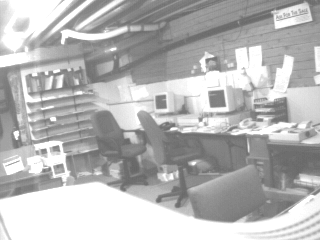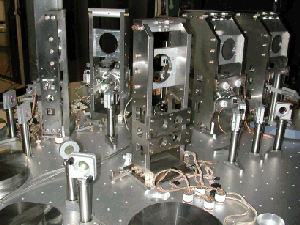How to be a good first-time soccer coach
My kids play soccer, so I get to coach their teams and help run
If the league organizers did a good job, you'll lose half your games. Half the
kids you're coaching are below average. Actually, more than half, because the best
players are driving all over the state in a fancy club team. So, for your team, success
isn't winning, it's helping everyone (including the referees) to have fun so
they return next year.
Strategies I've learned from coaching my kids' soccer teams
Follow along on substack. The plan is to publish every 2-3 weeks, thus forcing me to write investment memos for my portfolio
companies. Chapter 0: Recap Part of my job at JPL was to promote and advance new technology. Of course, the usual
problem with new fancy things is that nobody wants them. Or, as they say in Silicon
Valley, "the business plan doesn't close." I use a one-page improved
Heilmeier catechism to describe why it's worth the time and effort to invest in
inventing something cool. I invest my own money and time in deep tech companies, mostly at pre-seed stage. The theme is,
"overlooked critical infrastructure".
The portfolio is: Titan Aerospace (sold to Google),
OmniEarth (1st investor, sold to EagleView),
HeliosWire (sold to EchoStar),
ATLAS Space Networks (1st investor),
Weather Stream (1st investor),
EarthOptics (1st investor),
LEOLabs,
HawkEye 360,
SkyWatch,
fuse,
Carbice,
Olis Robotics,
Hydrosat,
Autio (HearHere) (not deep tech but I would have invented it myself if I weren't so
lazy),
Krucial (R3-IOT),
Aquaai,
Precursor,
Iris Dynamics,
Pixxel,
Rivelin Robotics,
TrustPoint GPS,
Prewitt Ridge,
Castelion,
SpinLaunch.
I regret passing on the BlackSky seed round, ... actually, that's it for regrets.
Can't win 'em all. Go ahead. Pick up the phone and cold-call me. It'll be a
welcome relief from the auto warranty scams.
Many of these companies follow Big
Data From Space Playbook. to plan their strategy, and the Application Readiness
Customer Journey. Paying customers are the best way to demonstrate demand. For a B2B technology company, use the 4-stage Statement of Work to
plan a path from feasibility study to recurring revenue. Steve Blank says a startup company is a temporary organization created to conduct a set of experiments that search for a business model that is repeatable and scalable. You should listen to him.
1. A venture fund invests in 10 startups, hoping that one will be big enough to provide substantial returns to their investors. Raosoft was bootstrapped. We experimented with 10 new products or major features a year. Usually, one
would take off. Risk capital allows entrepreneurs to conduct these experiments in
parallel and capture market share before Facebook/Microsoft/Apple imitates it. When you take money from an investor, your investor's business plan becomes your business plan: each
experiment must have the potential to return the entire value of the venture fund.
Fortunately, anything in space can affect everyone on Earth. What would you do from space
to deliver $1 of value per month for each of the 7 billion people living on Earth? My fastest-growing and most profitable business ever was the
store the back of Ellen Nottingham's classroom at T.T. Minor
Elementary School. I bought a box of pencils at a store near our bus
stop, and Cy Keener and I sold them the next day at school for 15
cents each.
The next week, we diversified into erasers, pens, and paper. A
month later, after expanding into higher margin, about 3 weeks of
reinvestment, and annoying pink things that Cy claimed that girls
would buy (he was right). We were netting about $20 per week, which
was back when $20 meant something.
The partnership worked pretty well: Cy had a good idea of what
peple would buy, and I was stingy with the money.
Initial investment: five dollars.
Read more: Lesson 1. Don't get a MBA
Business development is not selling a product. It's predicting what people will want,
and then figuring out a way to deliver it. Success requires more than technology.
Development is applied game theory, because for an idea to catch on, it has to be in
everyone's best interests. As with any game worth playing, you start from a losing
position. If you started in a winning position, someone else would have already done it,
right? So, as with any game (in the Von Neumann-Morganstern sense), you can change the
rules, change the facts, or change the players.
Most of the players aren't trying to manipulate the game, so all you have to do is
let them know they're playing, and they'll find the Nash equilibrium on their own.
Read more: The Game of Business Development
This improves on JPL's MACOS by being in MATLAB instead of FORTRAN, is
faster (especially if you have a GPU and want to trace a million rays in
parallel), and it comes with nifty visualization programs. I've rearranged
the order computations to reduce the effects of rounding errors, so you can
model beams coming from the surface of the a planet, and propagate them all
the way to a telescope in space. I don't know why you'd want to do that ...
but you could. Note: it doesn't handle propagation time and relative velocity
(yet). It was developed to analyze distortions of JWST's optics, based on
insights by Bill Breckinridge (the guy who rediscovered quaternions) and Dave
Redding at JPL. After giving up on migrating their FORTRAN code, I
reimplemented it from scratch in both JavaScript and MATLAB/Octave, taking advantag of
vector operations suitable for GPU acceleration, while refactoring the
computations to make them less susceptible to rounding errors.
You would use it to calculate how
a given set of perturbations, from thermal expansion, misalignment, or
whatever would affect an observation. See the HabEx example, which
calculates tolerances for a 4m segmented telescope. JPL released the code as
open source. During the integration and test of an optical instrument, you
would use it to calculate the effects of the as-built variations and
misalignments, because "better" is the enemy of "good enough." It also handles deformations such as aspheres, Zernike polynomials, and
arbitrary meshes (that don't have to be on a rectangular grid) that you might
get from a finite-element model. It also handles diffraction gratings on
arbitrary curved surfaces -- even for rays coming in at weird angles! If you want to research polarization effects, define the rays.local vector, and watch how it
rotates at every reflection and refraction. This is also handled correctly for curved diffraction
gratings. Shanti's Raytracer was developed in part with US Government sponsorship and is released as open source
by JPL. Did you know that you can make Google Sheets act like a database? Well, sort of. Go ahead and
use my Apps
Script Database Library for the
Table Object
to abstract reads and writes on a spreadsheet. If you're running a youth
soccer program, you might like the AYSO menu plugin that adds team-generation scripts to a
division roster. You can do neat things like assign players to the coach who lives closest to
them, or randomly generate balanced teams using a nonlinear optimization iterative algorithm.
Investing in new technology
Chapter 1: Rethink Everything
Chapter 2: Power Laws and Disruption
Chapter 3: Incentives
Chapter 4: Failure
Chapter 5: Strategy
Chapter 6: Complexity
Chapter 7: Culture

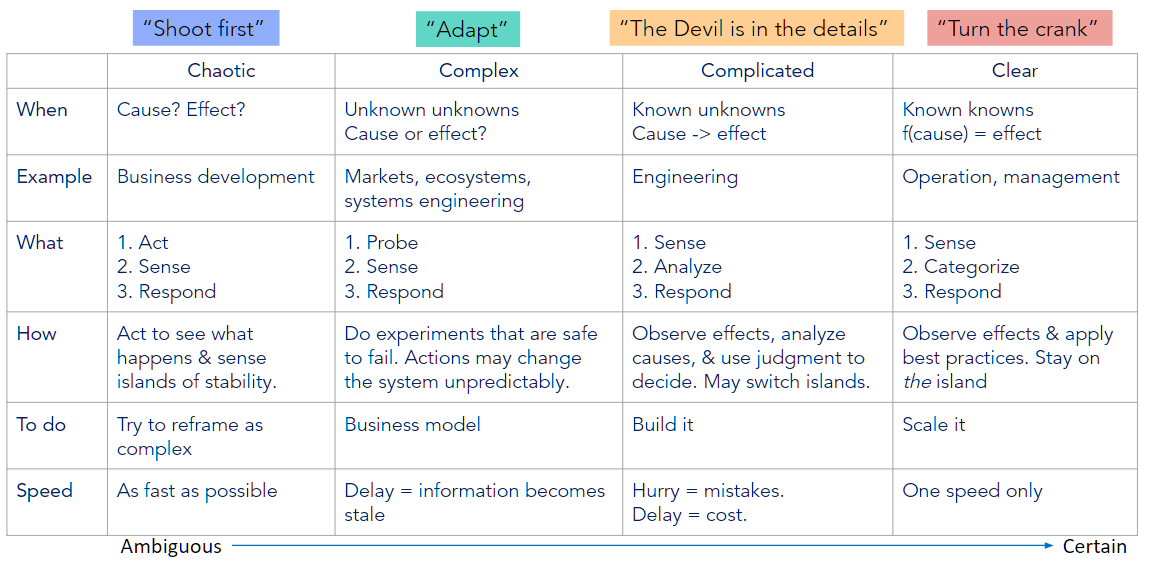
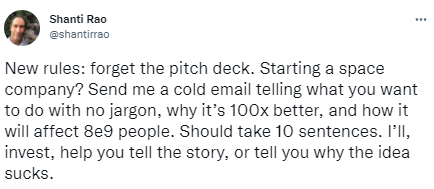
1a. Investing $100k on an uncapped SAFE in anyone with a pulse seems to be more effective than picking winners.
2. In the startups that I have seen succeed, the team experimented with 5 - 10 different products and markets, and one became really, really big.
2a. Your first few guesses are probably wrong.
2b. Customers sometimes know what they want. Lean Startup is about failing fast by interviewing them
3. Startups are marketing companies, even if they are hardware companies.
3a. Unique technology gives you a temporary barrier to entry.
4. Each product experiment by a venture-backed startup needs to be capable of returning the value of the entire venture fund.
How I Start Companies
Business Development
This is just about the startup deal. Running an organization in which stakeholders are
empowered to grow and contribute is a different story.
The Mad Max Theory of Project Management
Bringing a new technology into a new market
Shanti's raytracer
 A
fast, accurate, and precise raytracing code, based on Bill Breckinridge's dyadic formulation of conic
sections. Unlike traditional optical design programs like CODE V or Zemax, Shanti's raytracer describes all coordinates in 3D, so you
can apply 6DOF mechanical distortions and see what happens.
A
fast, accurate, and precise raytracing code, based on Bill Breckinridge's dyadic formulation of conic
sections. Unlike traditional optical design programs like CODE V or Zemax, Shanti's raytracer describes all coordinates in 3D, so you
can apply 6DOF mechanical distortions and see what happens. Google Apps Scripts
